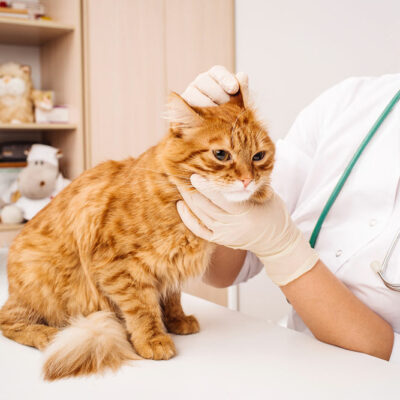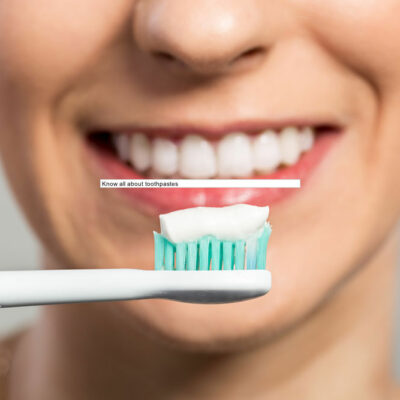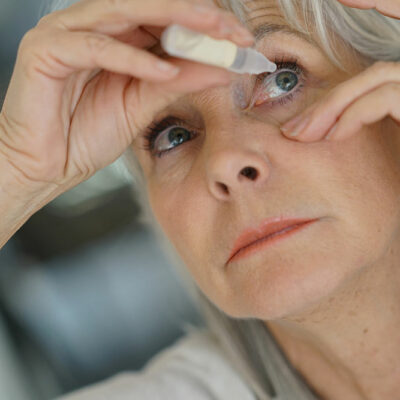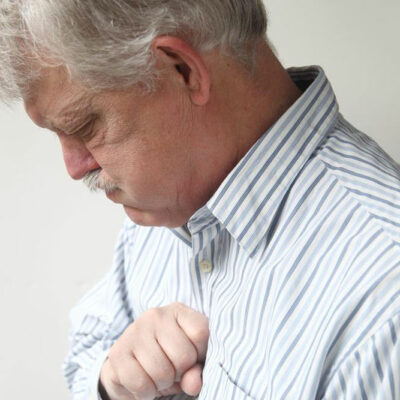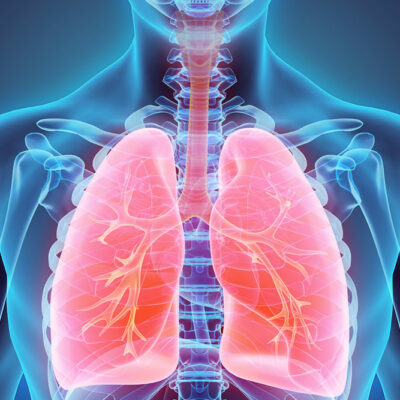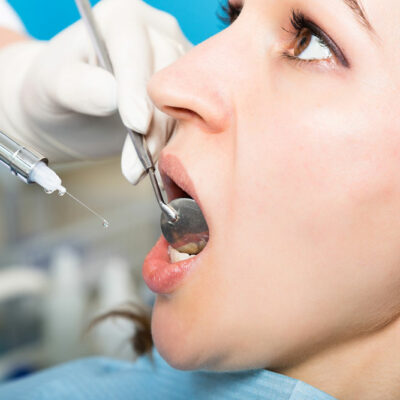
Lifestyle
How to prevent dental plaque when at home
Dental plaque forms as a biofilm of bacteria on the surface of your teeth and may be caused due to the consumption of sugary foods. It is quite important to maintain oral hygiene. For people with dental plaque can use the following remedies to ensure that the swelling of gums and tooth pain is drastically reduced. Aloe vera gel with glycerin To use this remedy, you need one teaspoon of aloe vera gel as well as four teaspoons of vegetable glycerin. Additionally, you also need to add 4-5 tablespoons of baking soda along with ten drops of lemon essential oil along with one cup of water. You need to mix all these ingredients into a paste and scrub it with the same. You can do this once a day. The reason why they work for dental plaque is that both baking soda and the aloe vera gel contains antioxidants which can improve the healing process. Brushing with a baking soda mixture You require one tablespoon of baking soda and you would need to mix with salt and place it on a wet toothbrush. You can gently scrub the teeth with it and then rinse it with lukewarm water. It is better to use it every alternate day to treat the dental plaque until it subsides.
Read More 


